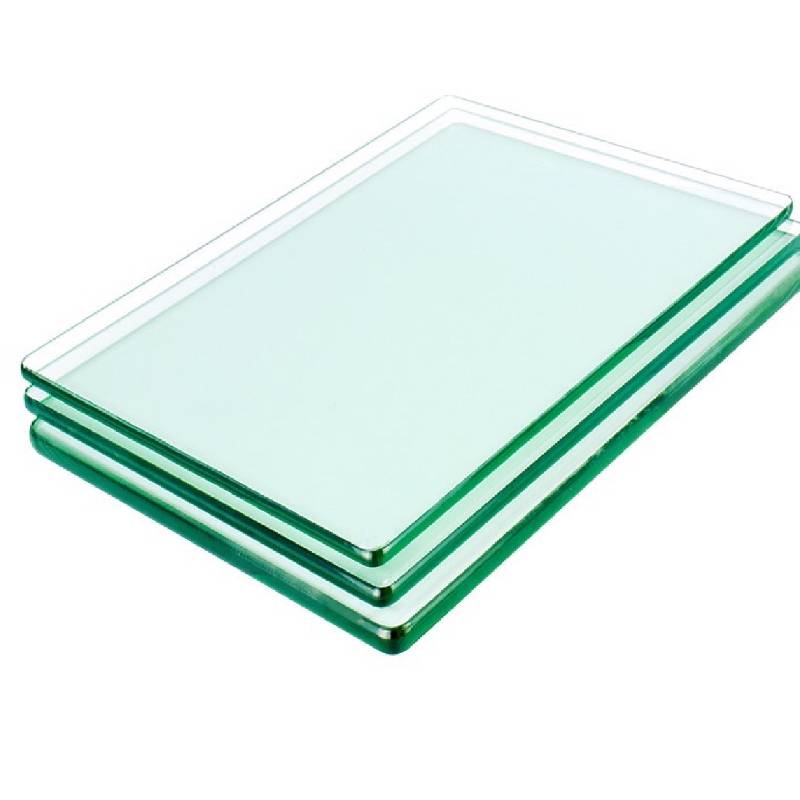Understanding Tempered Laminated Glass Specifications
Tempered laminated glass is a crucial material in modern architecture and construction, known for its strength, safety, and aesthetic appeal. This type of glass combines two important processes tempering and laminating. Each of these processes enhances the glass’s properties, making it suitable for various applications, from residential windows to high-rise buildings.
Tempering Process
Tempering involves heating the glass to a high temperature and then rapidly cooling it. This process increases the glass's strength, making it up to five times stronger than standard glass. Additionally, tempered glass is designed to shatter into small, blunt pieces rather than sharp shards, reducing the risk of injury during breakage. This safety feature is particularly appealing in environments where human presence is constant, such as offices, schools, or public spaces.
Laminating Process
The lamination process involves sandwiching a layer of polyvinyl butyral (PVB) or another interlayer between two pieces of glass. This interlayer keeps the glass panes bonded together even when cracks occur, preventing pieces from falling apart. As a result, laminated glass enhances safety and provides better sound insulation and UV protection. The interlayer can also be tinted or made opaque for aesthetic purposes, making laminated glass a versatile choice in design.
Specifications of Tempered Laminated Glass
When specifying tempered laminated glass for a project, several key factors must be considered
tempered laminated glass specification
1. Thickness The total thickness of tempered laminated glass usually ranges from 1/4 inch to 1 inch, depending on the requirements of the application. Thicker glass offers increased strength and durability but may also weigh more.
2. Glass Type There are various types of glass used in tempered laminated products, including clear, tinted, low-E (low emissivity for energy efficiency), and patterned glass. The choice depends on the project's design requirements and energy efficiency goals.
3. Interlayer Properties The type of interlayer selected affects the glass's performance. PVB is the most common, but alternatives like ethylene vinyl acetate (EVA) offer different properties, such as better durability against moisture.
4. Thermal and Acoustic Performance Tempered laminated glass can provide significant thermal insulation and sound reduction. Specifications should outline U-values (for insulation) and sound transmission class (STC) ratings based on the project’s needs.
5. Safety Standards Compliance with safety standards is crucial, especially in commercial and public buildings. Specifications should include adherence to industry standards such as ANSI Z97.1, CPSC 16 CFR 1201, and ASTM E 1300 for breakage resistance.
Conclusion
Tempered laminated glass is a remarkable innovation that enhances safety, durability, and design flexibility. Understanding its specifications is crucial for architects and builders to ensure optimal performance in their projects. By considering factors such as thickness, type, interlayer properties, thermal, and acoustic performance, as well as safety standards, one can select the appropriate tempered laminated glass that meets specific needs while contributing to the overall aesthetic and functional goals of any structure.
 Afrikaans
Afrikaans  Albanian
Albanian  Amharic
Amharic  Arabic
Arabic  Armenian
Armenian  Azerbaijani
Azerbaijani  Basque
Basque  Belarusian
Belarusian  Bengali
Bengali  Bosnian
Bosnian  Bulgarian
Bulgarian  Catalan
Catalan  Cebuano
Cebuano  Corsican
Corsican  Croatian
Croatian  Czech
Czech  Danish
Danish  Dutch
Dutch  English
English  Esperanto
Esperanto  Estonian
Estonian  Finnish
Finnish  French
French  Frisian
Frisian  Galician
Galician  Georgian
Georgian  German
German  Greek
Greek  Gujarati
Gujarati  Haitian Creole
Haitian Creole  hausa
hausa  hawaiian
hawaiian  Hebrew
Hebrew  Hindi
Hindi  Miao
Miao  Hungarian
Hungarian  Icelandic
Icelandic  igbo
igbo  Indonesian
Indonesian  irish
irish  Italian
Italian  Japanese
Japanese  Javanese
Javanese  Kannada
Kannada  kazakh
kazakh  Khmer
Khmer  Rwandese
Rwandese  Korean
Korean  Kurdish
Kurdish  Kyrgyz
Kyrgyz  Lao
Lao  Latin
Latin  Latvian
Latvian  Lithuanian
Lithuanian  Luxembourgish
Luxembourgish  Macedonian
Macedonian  Malgashi
Malgashi  Malay
Malay  Malayalam
Malayalam  Maltese
Maltese  Maori
Maori  Marathi
Marathi  Mongolian
Mongolian  Myanmar
Myanmar  Nepali
Nepali  Norwegian
Norwegian  Norwegian
Norwegian  Occitan
Occitan  Pashto
Pashto  Persian
Persian  Polish
Polish  Portuguese
Portuguese  Punjabi
Punjabi  Romanian
Romanian  Russian
Russian  Samoan
Samoan  Scottish Gaelic
Scottish Gaelic  Serbian
Serbian  Sesotho
Sesotho  Shona
Shona  Sindhi
Sindhi  Sinhala
Sinhala  Slovak
Slovak  Slovenian
Slovenian  Somali
Somali  Spanish
Spanish  Sundanese
Sundanese  Swahili
Swahili  Swedish
Swedish  Tagalog
Tagalog  Tajik
Tajik  Tamil
Tamil  Tatar
Tatar  Telugu
Telugu  Thai
Thai  Turkish
Turkish  Turkmen
Turkmen  Ukrainian
Ukrainian  Urdu
Urdu  Uighur
Uighur  Uzbek
Uzbek  Vietnamese
Vietnamese  Welsh
Welsh  Bantu
Bantu  Yiddish
Yiddish  Yoruba
Yoruba  Zulu
Zulu 

